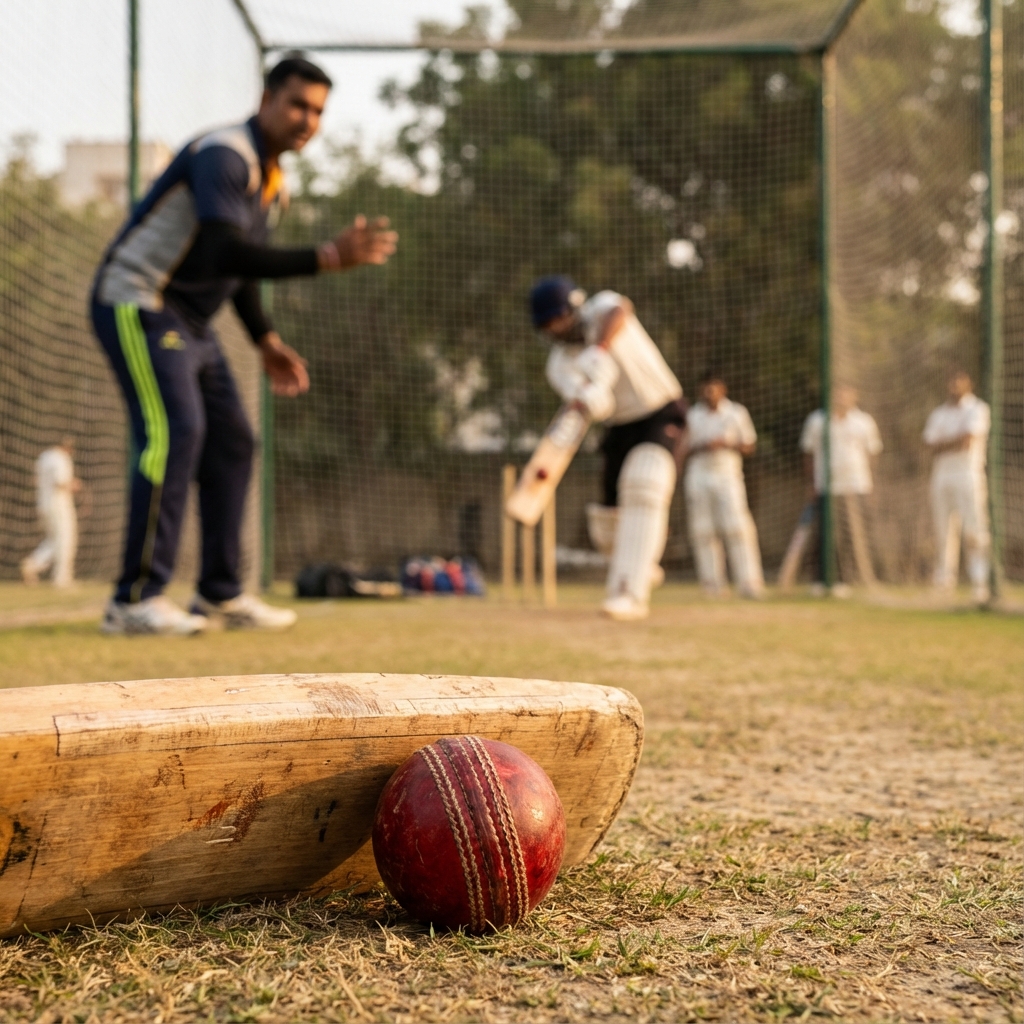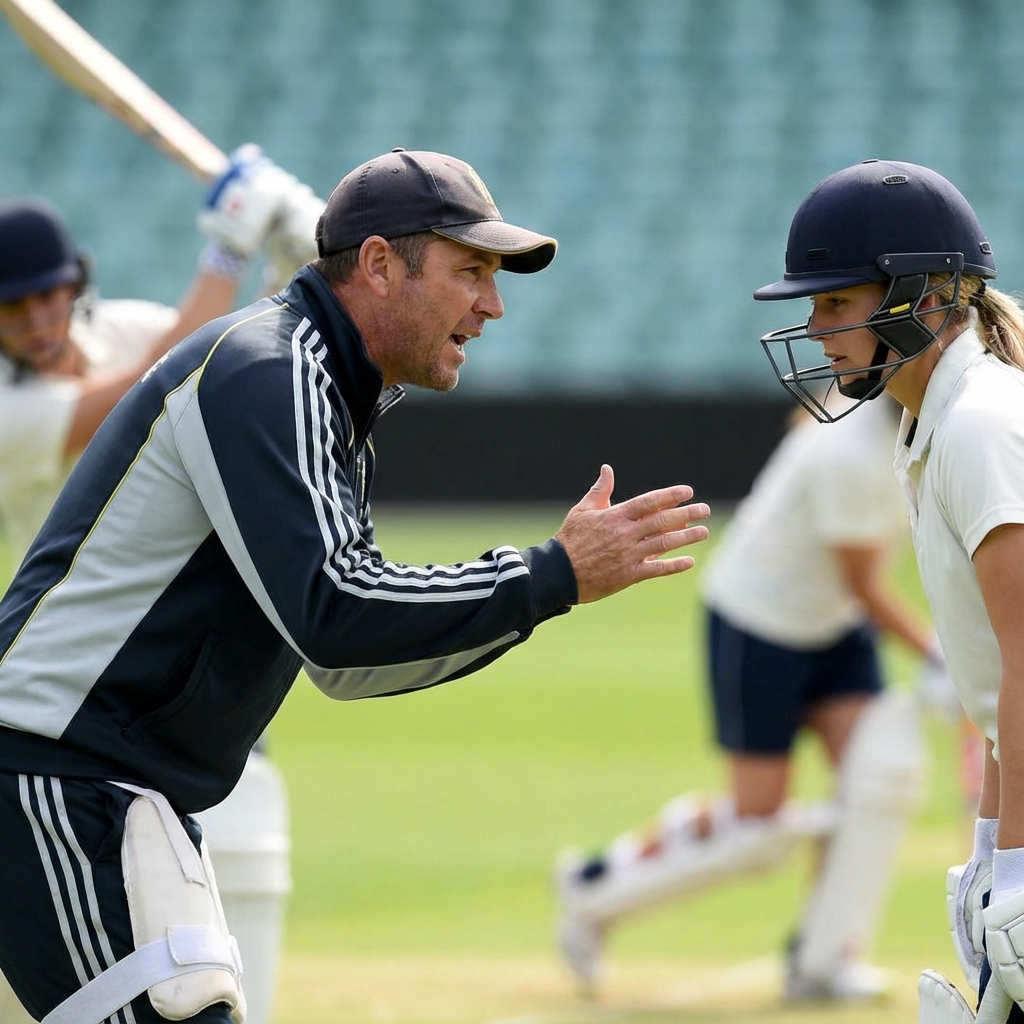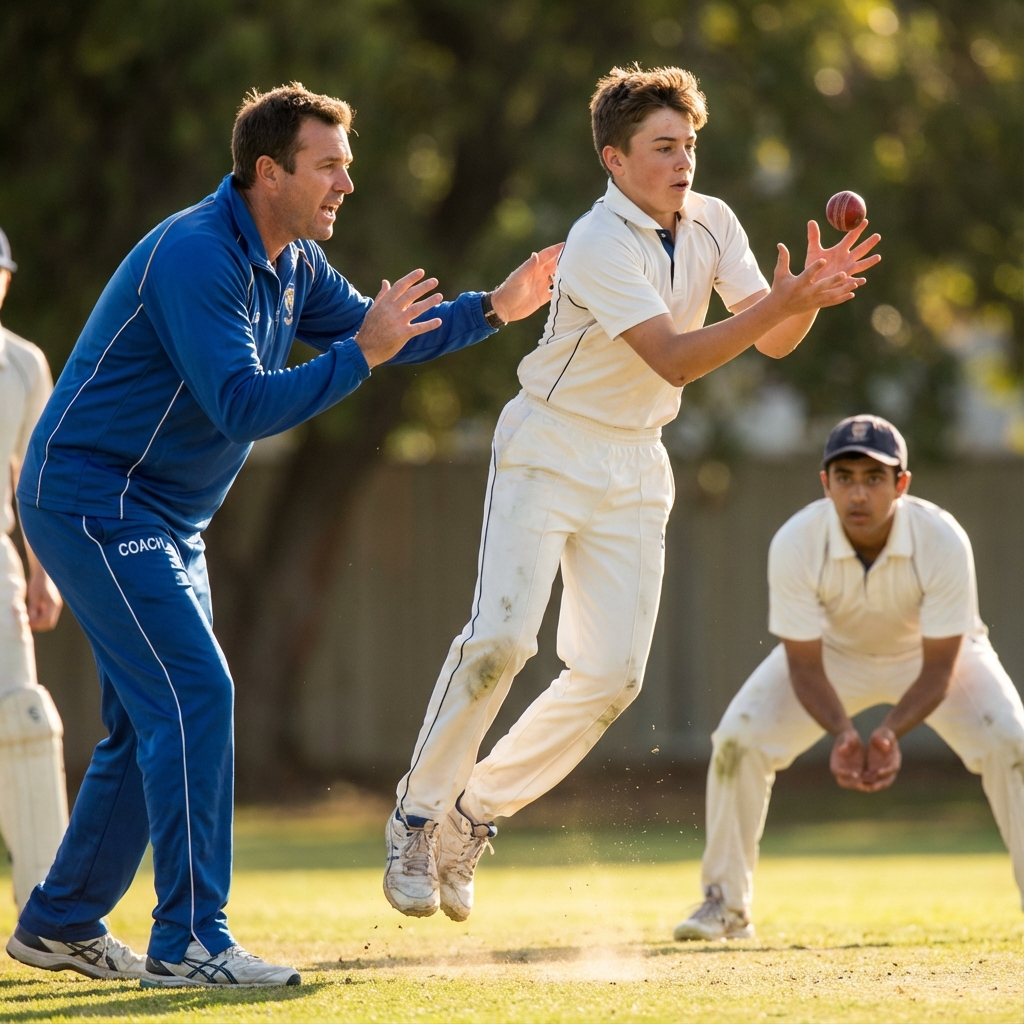Players set up 20 - 30 meters away from the caoch and keeper.
Coaching Points for Low / Cover Catches –
For Cover catching it is important to ‘walk into the catch’ you do this by taking 4 – 5 paces then getting into a ‘set position’ – A good way to do this is to ‘jump’ a little and use the momentum of the jump make sure that you can spring left or right.
Coaching Points for High Catches –
Coaching Points for Throwing Overarm and underarm –
We are only focusing on the throwing action in this section rather than the collection of the ball prior to the throw.

The biggest T20 World Cup ever, historic qualifications, and evolving playing conditions make 2026 a landmark year for cricket. Here's what coaches need to know.

Game-based training and match simulation prepare players for real competition more effectively than isolated drills. Modern coaching integrates pressure scenarios, decision-making, and competitive situations into every training session.

Catches win matches remains cricket's truest saying. From high balls under lights to sharp slip catches, the ability to hold chances consistently separates winning teams from those that let matches slip away.